A gift of flowers can be more than a thoughtful gesture. Different blooms convey a whole host of meanings - good and bad - so, with a bit of forethought, you can express your feelings on a deeper level.
Across the world, people have given meaning to blooms for centuries, but British interest in floriography, the language of flowers, boomed during the Victorian era. Using them to say ‘yes’ or ‘no’, and even express emotions like bashfulness, disdain and disappointment, people found ways to communicate secretly with admirers in other social circles.
Today, much of the original symbolism of flowers lives on. Here are some of the meanings behind varieties we know and love.
The symbolism of flowers - a quick guide
Carnation
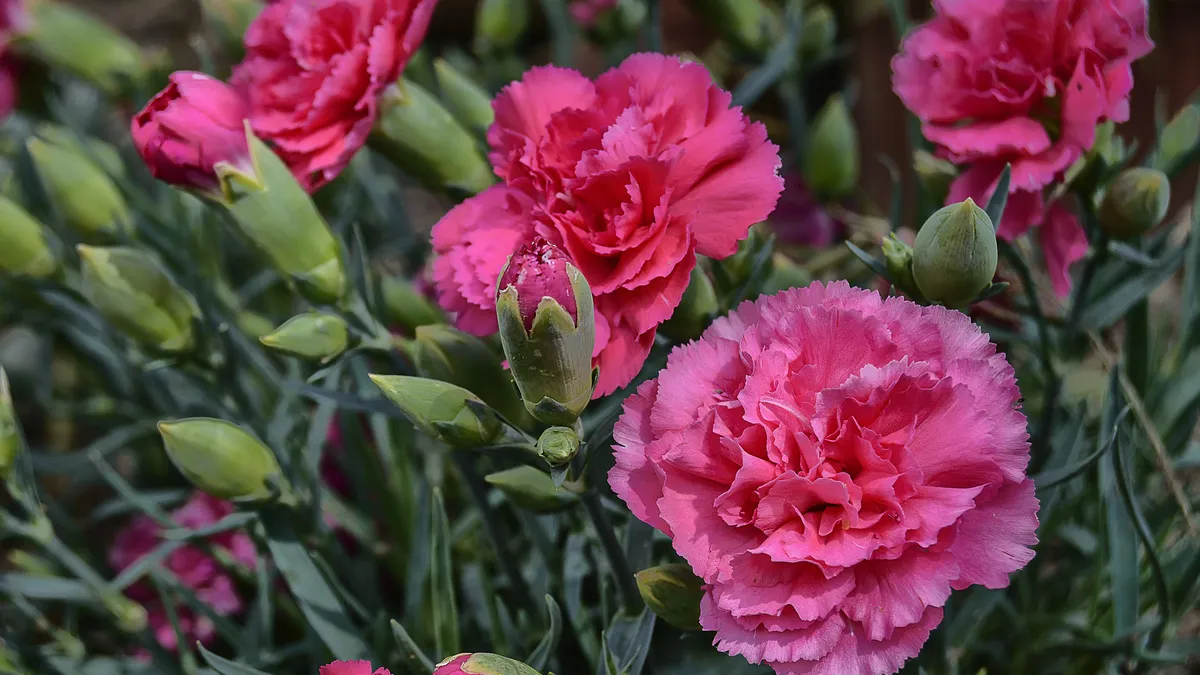
An inexpensive alternative to roses, carnations generally epitomise love and desire. Gift a bunch of red ones to show your pride and admiration of someone special, or opt for white blooms to suggest innocence, purity and good luck.
Giving pink carnations is a lovely way to say ‘thank you’, particularly to a woman in your life.
Just steer clear of yellow or striped carnations if you want to spoil someone, as they imply rejection, disappointment and disdain, according to the symbolism of flowers.
Want to know how to grow carnations?
Chrysanthemum
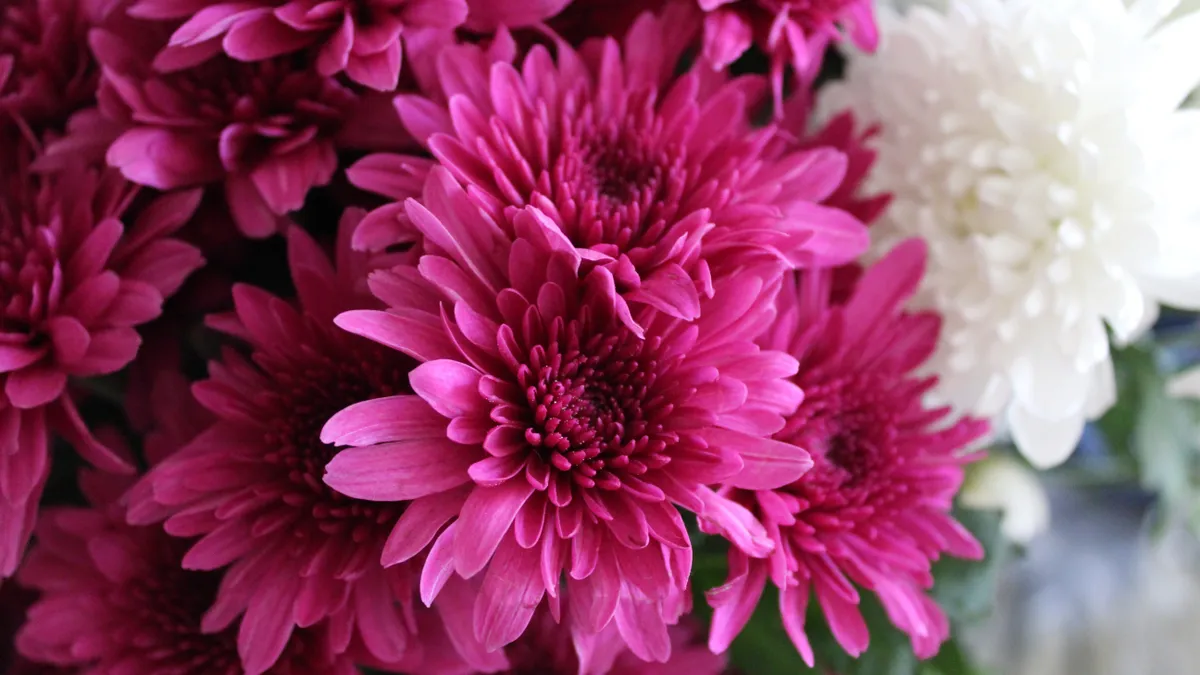
You’ll often find chrysanthemums in floral bouquets, as they represent fidelity, happiness and longevity. To echo their optimistic message, send red blooms to loved ones. Or, for a special romantic gesture, opt for white variations, which will tell someone you’ll be loyal and truthful.
Here's our chrysanthemum growing guide
Cosmos

In the language of flowers, cosmos embody order and peacefulness, probably because of their simple yet beautiful blooms with pretty, outstretched petals. Sow cosmos seeds annually to enjoy them every year – read about the best cosmos varieties to grow.
Daffodil
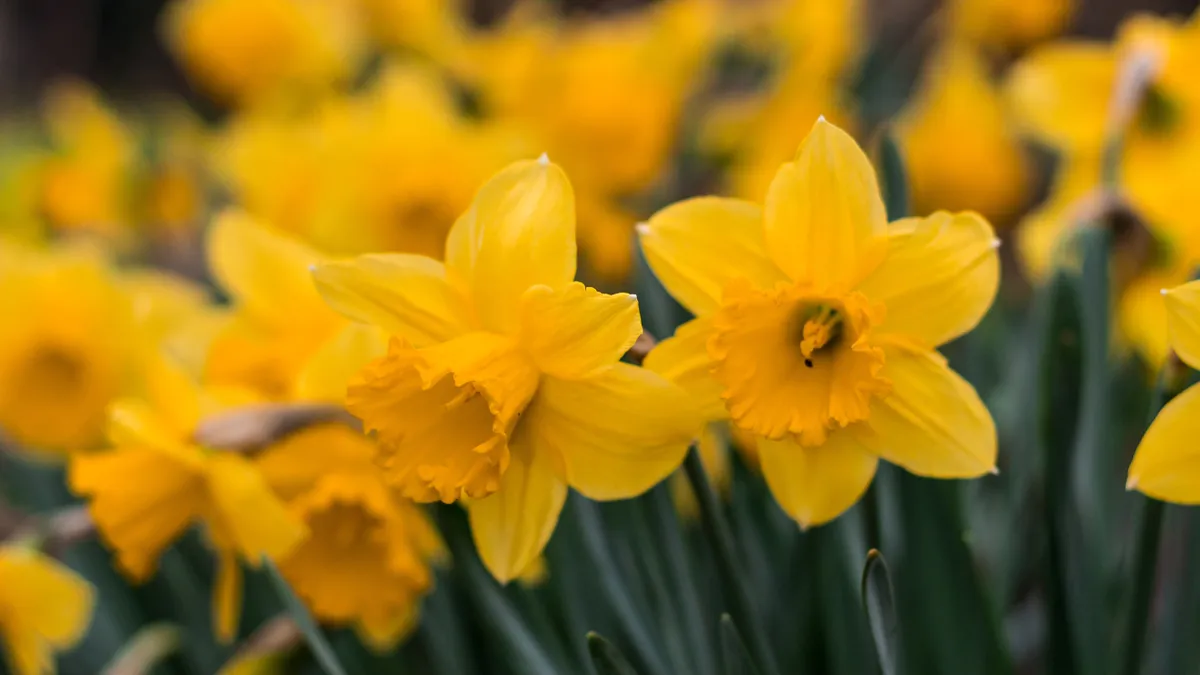
Regarded by many as the key symbol of spring, daffodils stand for new life and new beginnings. Avoid giving just one stem as this gesture suggests trouble ahead, and opt for a bunch of cheerful blooms to represent joy and respect.
Don't miss everything you need to know about daffodils
Dahlia
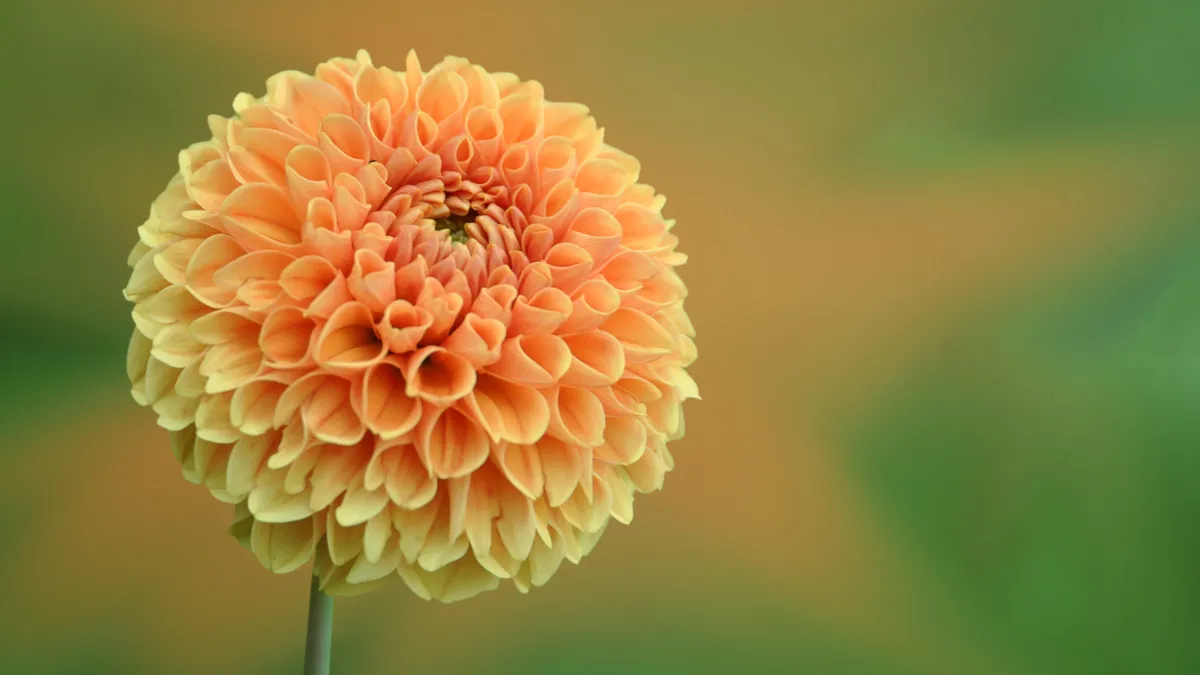
With their almost hypnotic arrangement of petals, dahlias have come to embody strength, wealth and grandeur. They’re the perfect choice for special occasions, such as graduation ceremonies and anniversaries. If you intend to grow them yourself, plant the tubers in spring for beautiful late summer blooms.
Daisy
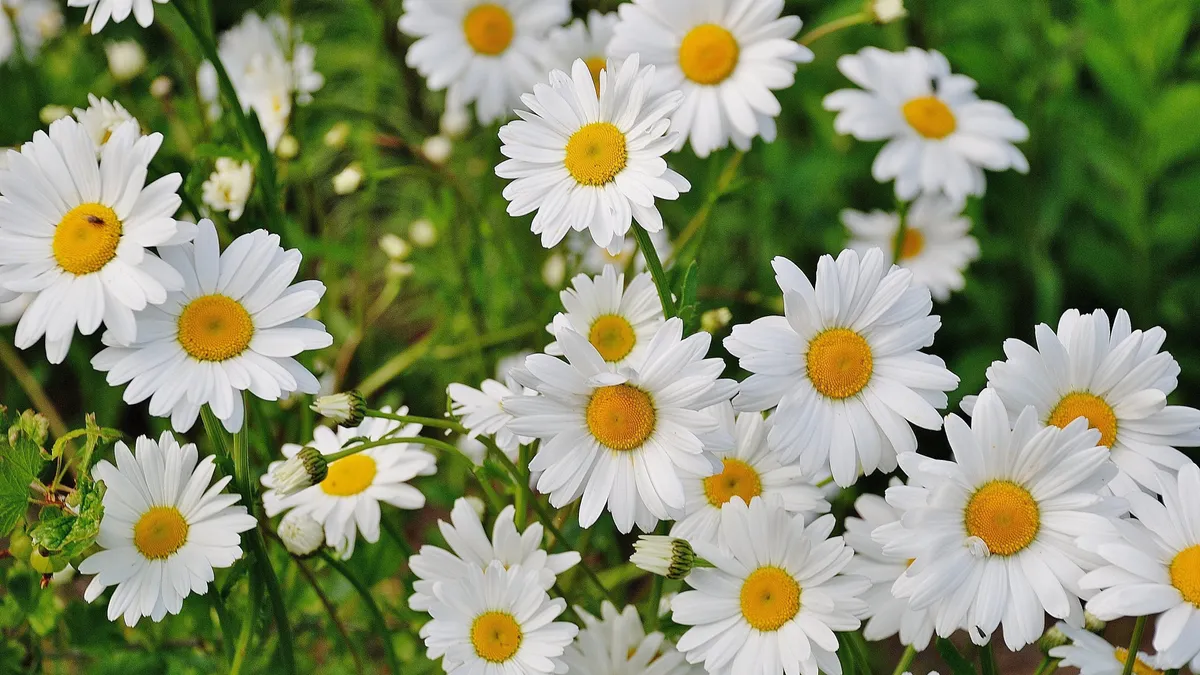
It doesn’t take a huge stretch of the imagination to see daisies as a symbol of life, innocence and fun. Closing their heads at night and opening them up again in the morning, they’ve come to represent new beginnings, childbirth and motherhood, so they make ideal additions to arrangements for new parents.
Here's more on michaelmas daisies
Delphinium
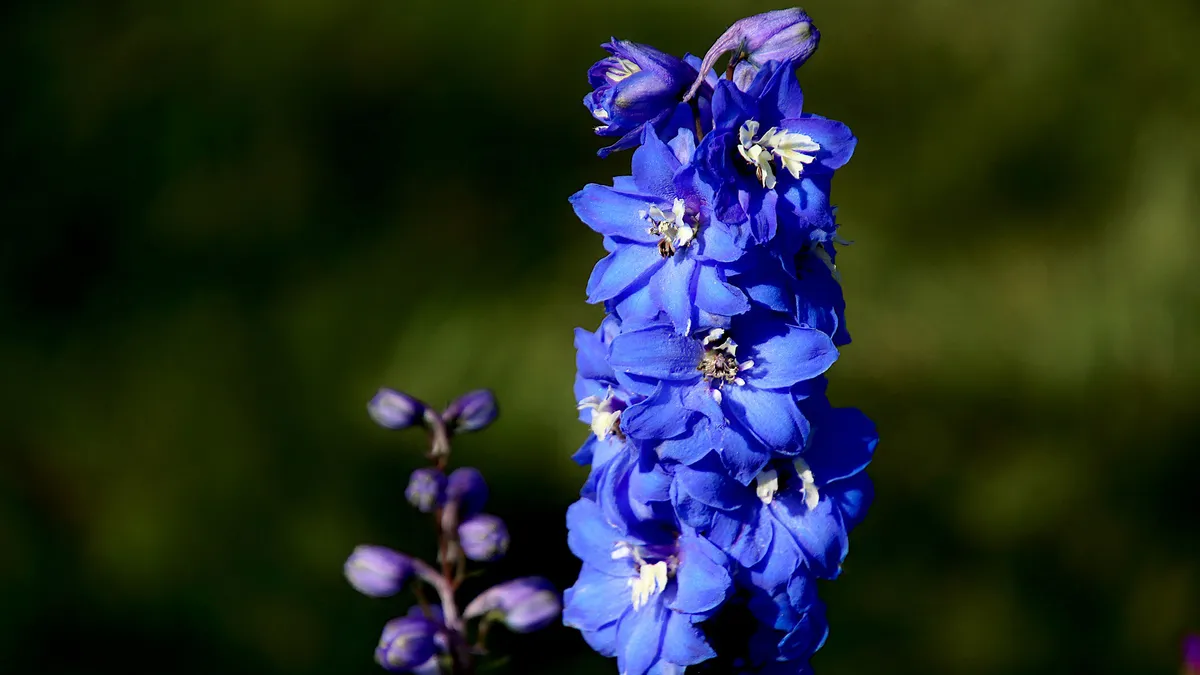
With their elegant stems, delphiniums can only suggest positivity and light-heartedness in the symbolism of flowers. Blue versions make great gifts for older recipients, as they imply dignity and respect. Meanwhile, white, pink or blue petals are more suited to teenagers and young adults, as symbols of youth and fresh beginnings.
Forget-Me-Not
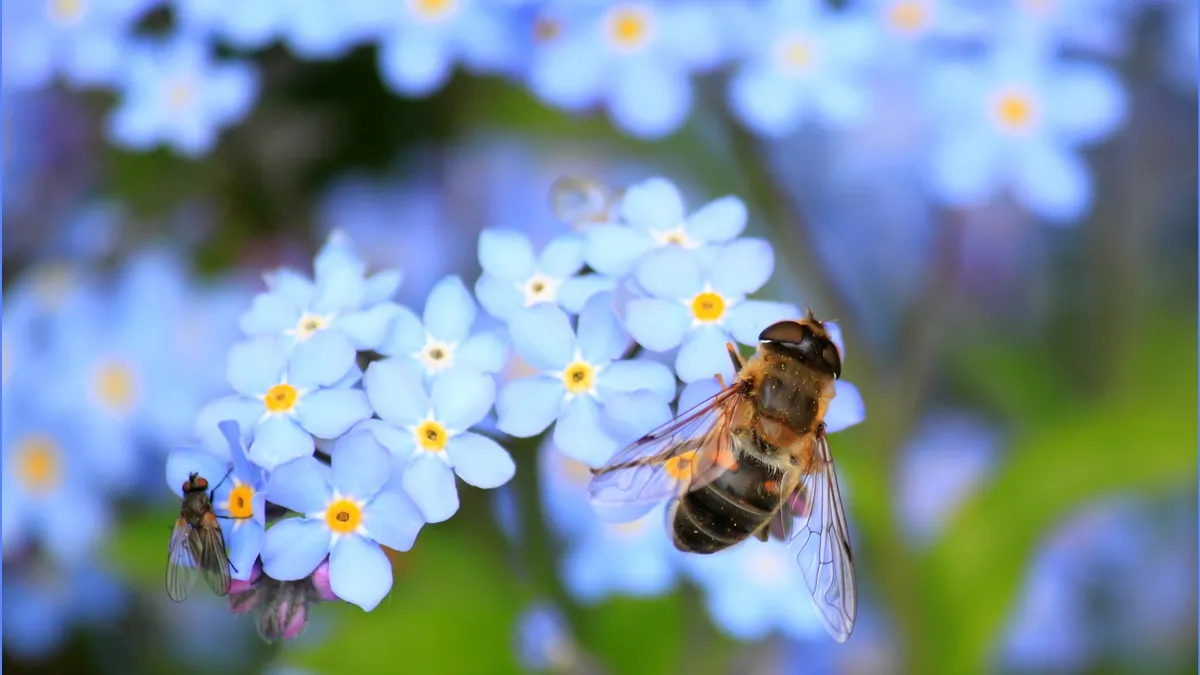
You don’t need us to tell you the meaning behind Forget-Me-Nots. Buy them for anyone travelling or moving away to show them you’ll be thinking of them until they return.
They also make wonderful additions to most gardens, as they flower alongside tulips in the spring. Read up on how to grow Forget-Me-Nots and combine the two types of flowers to create a vibrant floral arrangement for your home.
Freesia
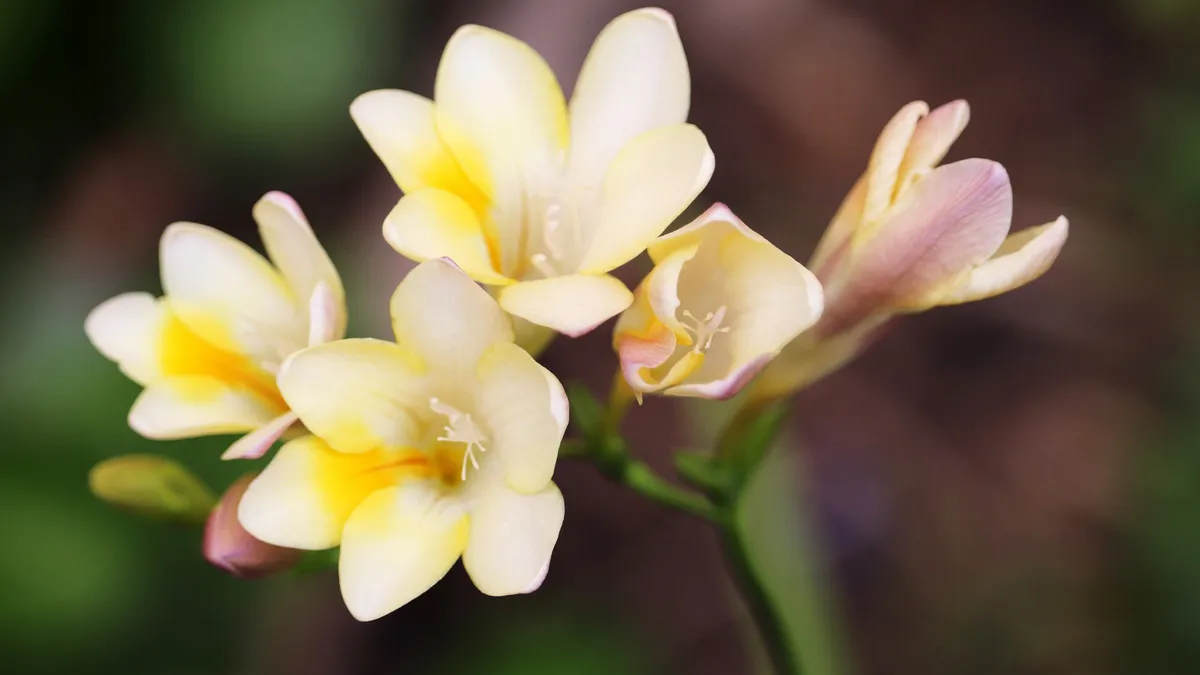
Known for their sweet petals on arching stems, freesias denote innocence and purity. You can also use them to show your trust, so they make lovely gifts for friends, old and new.
Hyacinth
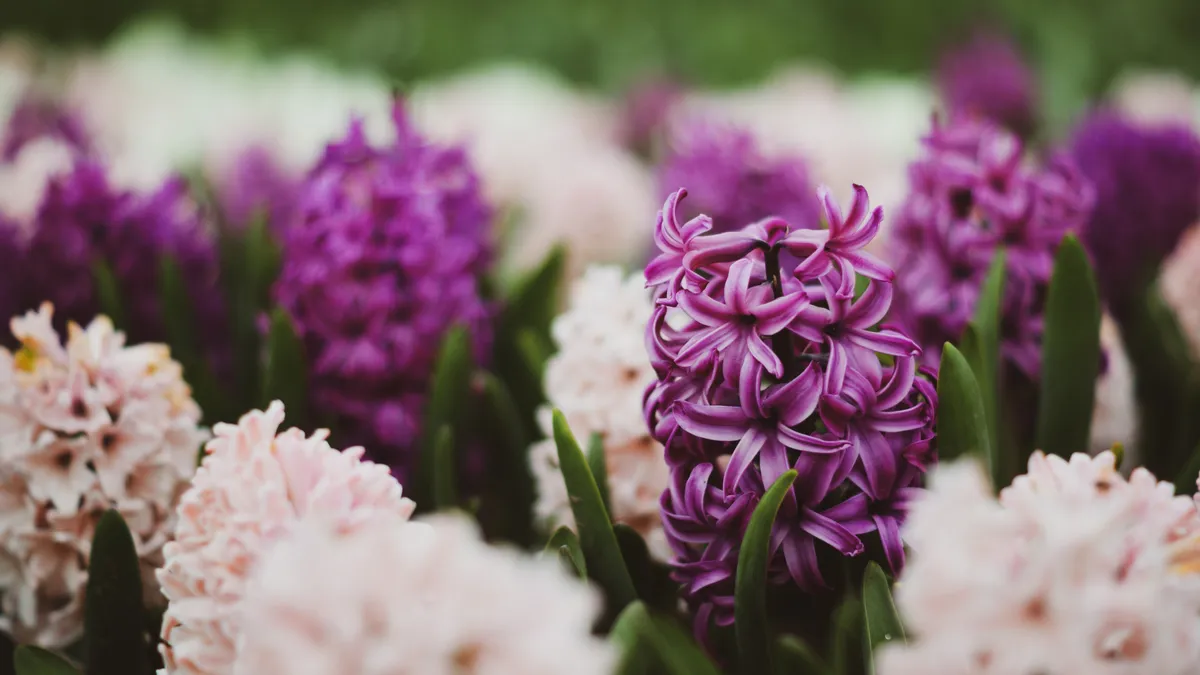
Often associated with spring, hyacinths and their recognisable pointed blooms signify energy and playfulness in the language of flowers. While red and pink ones make a lovely present at happy occasions, white hyacinths can also convey respect when we want to remember those we’ve lost.
Arrangements with blue hyacinths can suggest constancy and sincerity, and yellow embodies jealousy. In reference to the ancient myth of Apollo accidentally killing Hyacinthus, you can use the purple variety when asking for someone’s forgiveness.
Lily
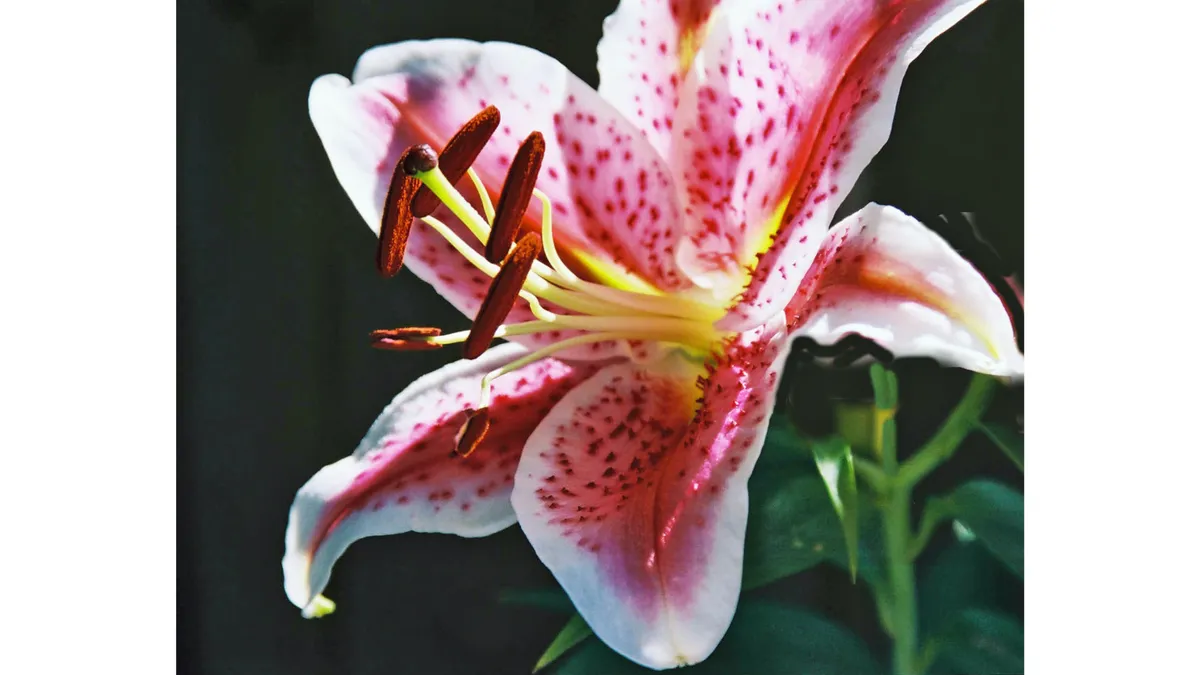
Lilies are versatile flowers and have come to embody a whole range of different meanings, depending on their colour. But in general, their dramatic petals always convey beauty and respect.
White lilies are a common choice for both weddings and funerals, thanks to their elegant look, so bouquets make thoughtful celebration and sympathy flowers.
Cheerful yellow blooms are often sent between friends to denote happiness and gratitude, while slightly bolder orange petals can convey confidence and energy. For romantic love, choose pink or red lilies to demonstrate passion and admiration.
Peony
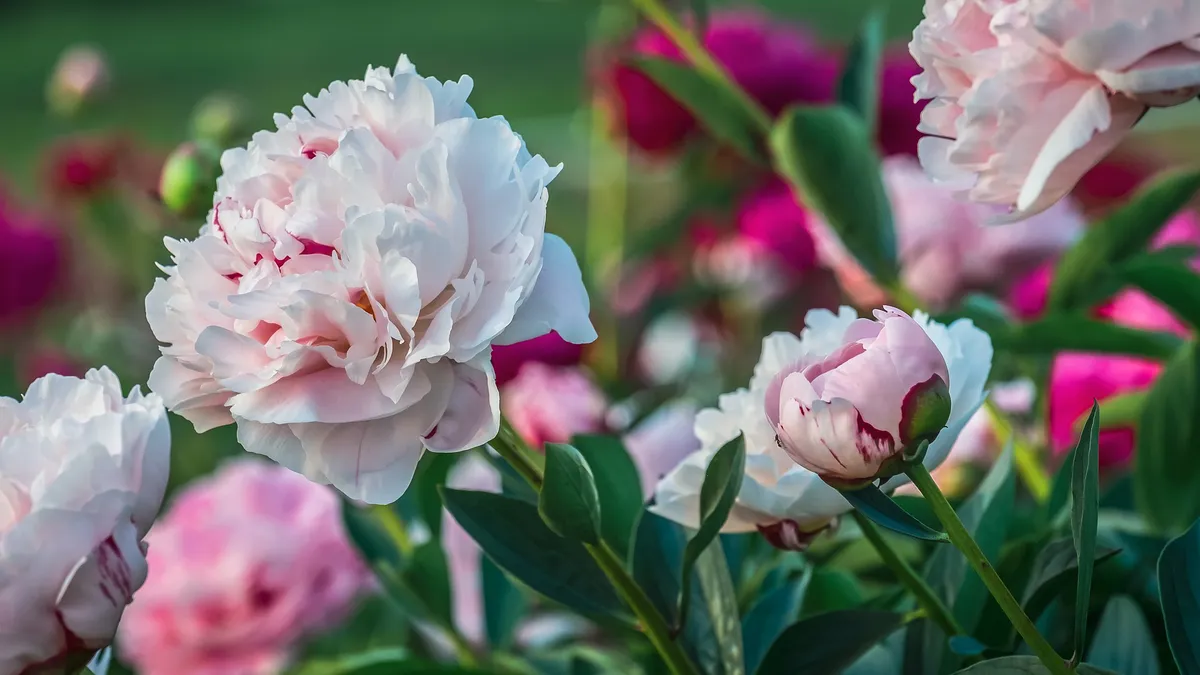
Loved for their shock of unfurling petals, peonies have come to embody romantic love and happiness. They’re often linked to happy marriages, health and fortune, but they have been symbolic of negative emotions in the past. Some say the Victorians used them to suggest shame, while others have sent them to convey resentment or rejection.
No matter their hidden meaning, knowing how to grow peonies will help you create your own beautiful floral arrangements for your home or loved ones.
Rose
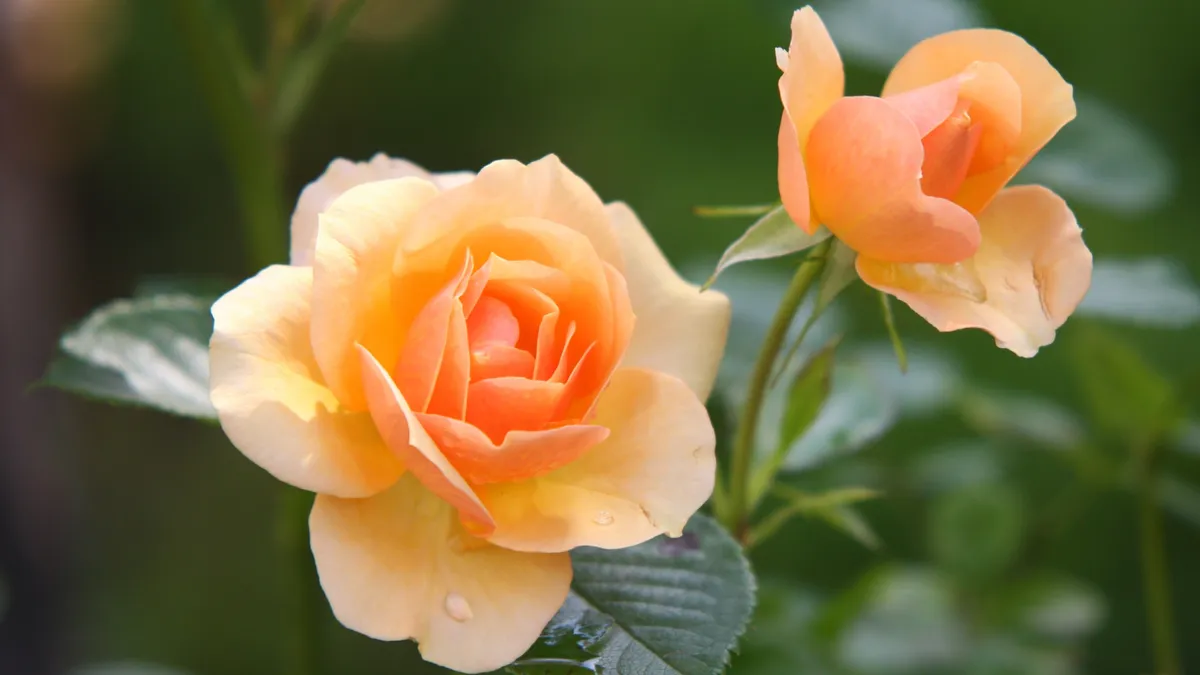
A favourite when it comes to gifting bouquets, roses can reveal a whole range of different meanings in the language of flowers, from love and desire to mourning and infidelity. The classic red rose is a simple choice for romantic occasions, while dark crimson varieties are better suited to more solemn events, along with white ones to denote sympathy. White roses, of course, can also represent innocence and new beginnings.
Yellow and coral versions are a fitting choice for friends, as they symbolise energy, pride and platonic love. But yellow varieties also carry mixed messages - in the past, they’ve been known to indicate infidelity and jealousy.
A bunch of pink roses is a versatile option. Attached to characteristics including elegance, gentleness and appreciation, they make lovely gifts for friends, family and partners alike, no matter the occasion.
Sunflower
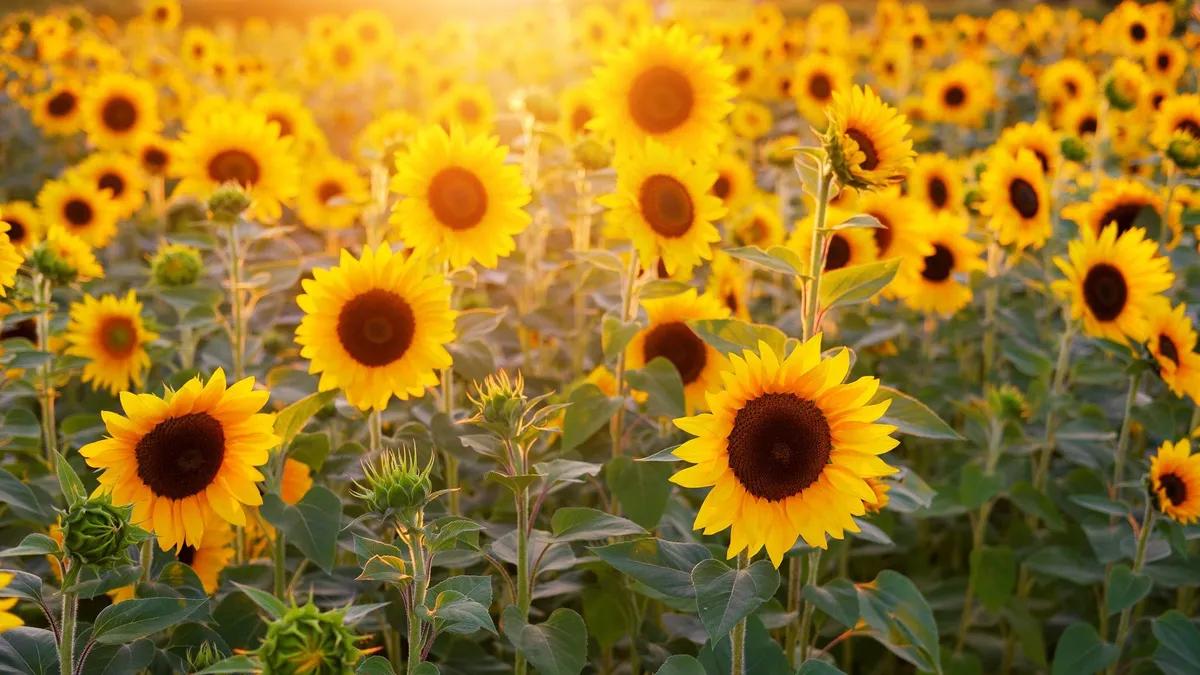
Interestingly, sunflowers have long been accused of harbouring ‘false riches’. According to old legend, Spanish explorers were struck by the rich colour of the petals when they first found them in the Americas, and believed they were made of gold.
Here's our guide to growing sunflowers
Sweet Pea
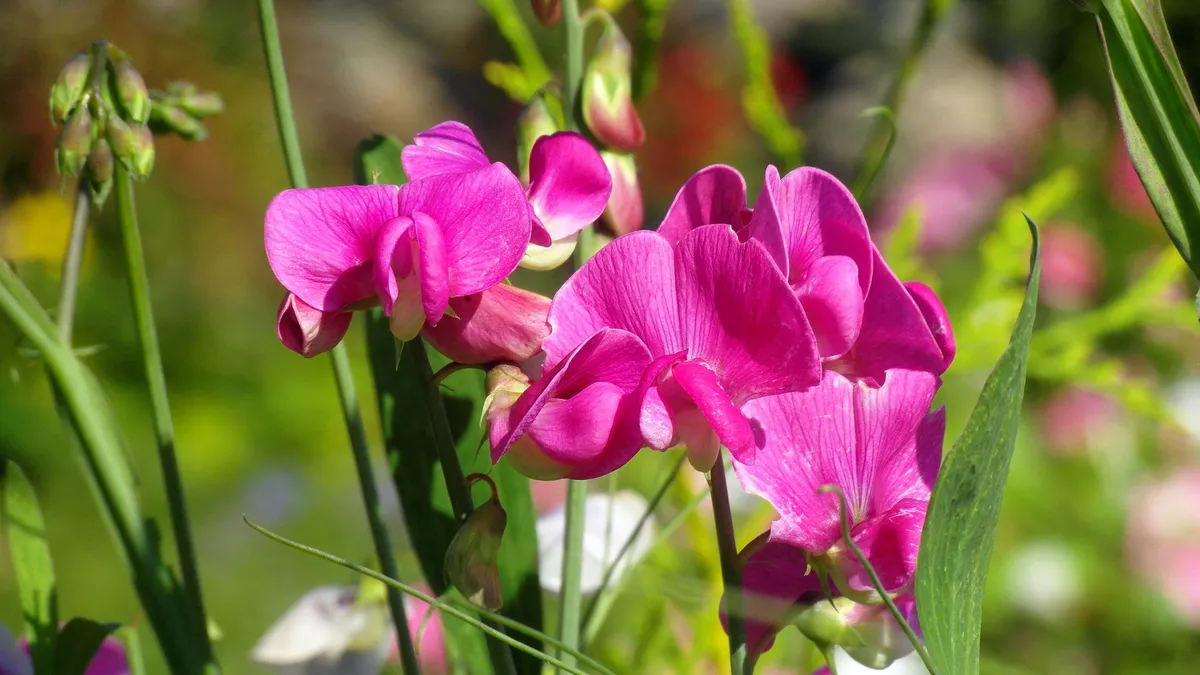
Thanks to their intoxicating fragrance, Sweet Pea flowers are connected to pure bliss and pleasure. As a kind gesture, a bunch of aromatic blooms is a conventional way to thank someone for visiting or staying in your home.
If you opt to grow Sweet Peas in your garden, keep cutting and deadheading them and they’ll thank you by continuing to produce blooms throughout the season, so you can create posy after posy.
Sweet William
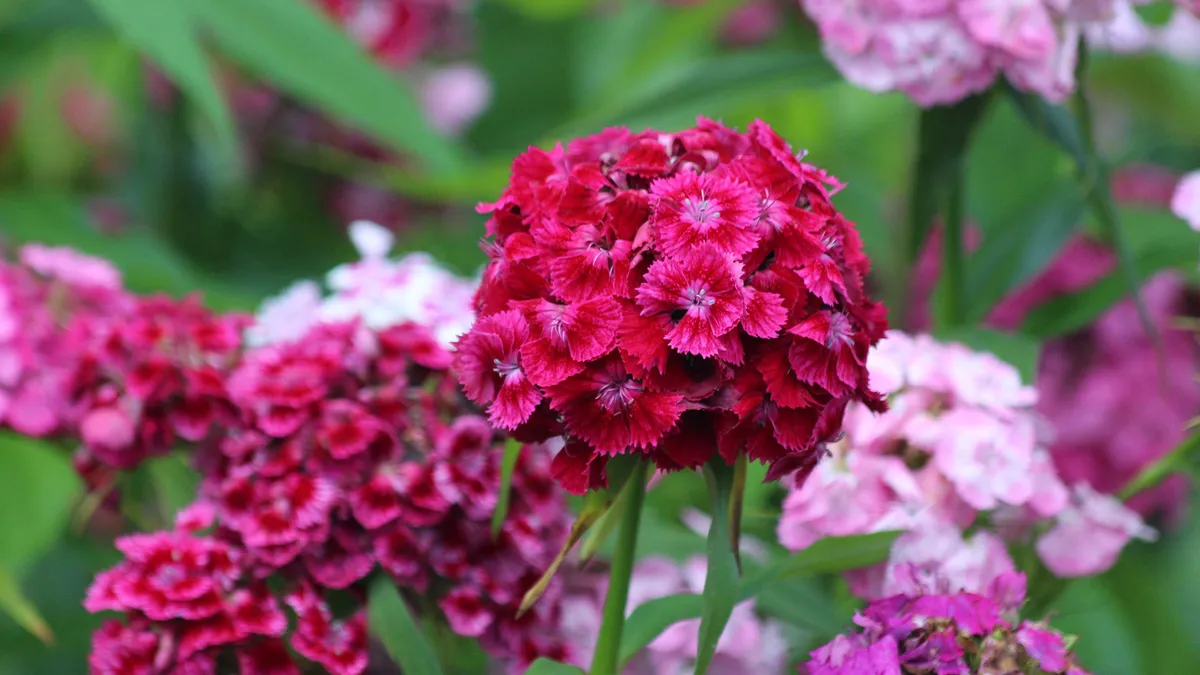
Bold in colour yet fairly modest in size, Sweet William has long been associated with gallantry. As the blooms grow close together in large clusters, people have compared them to soldiers protecting each other. They’ve also become a symbol of masculinity, and some have speculated Kate Middleton paid tribute to Prince William when she included them in her wedding bouquet back in 2011.
Tulip
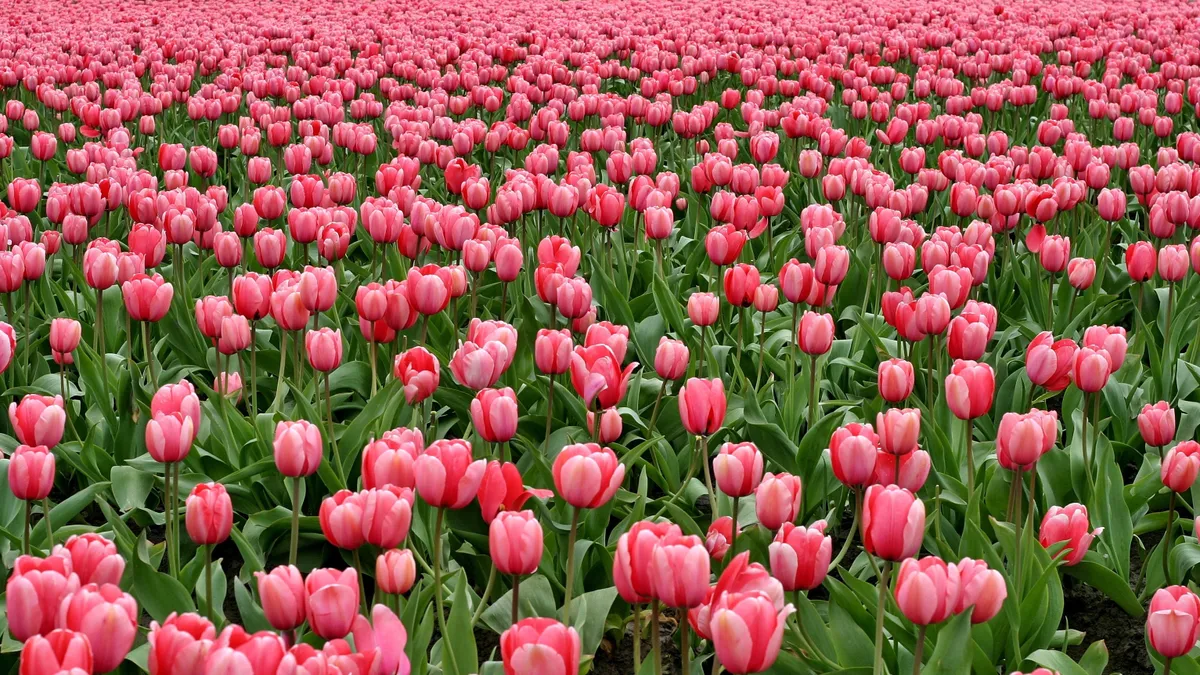
Another spring bloom, tulips are tied to positive emotions like perfect love and renewal, so they make lovely bouquets for family and loved ones. Choose red ones to show passion for your partner, or opt for pink ones to send good wishes or mark a celebration. Yellow tulips are also ideal for friends and family, as they’ll convey ‘the sunshine in your smile’, as the Victorians used to say.
Alternatively, you can’t go wrong with a selection of cheerful colours.